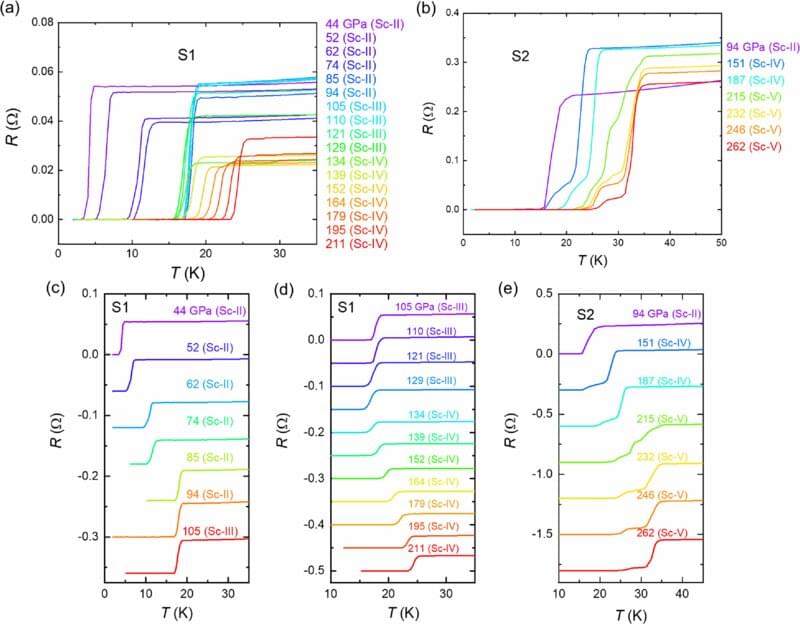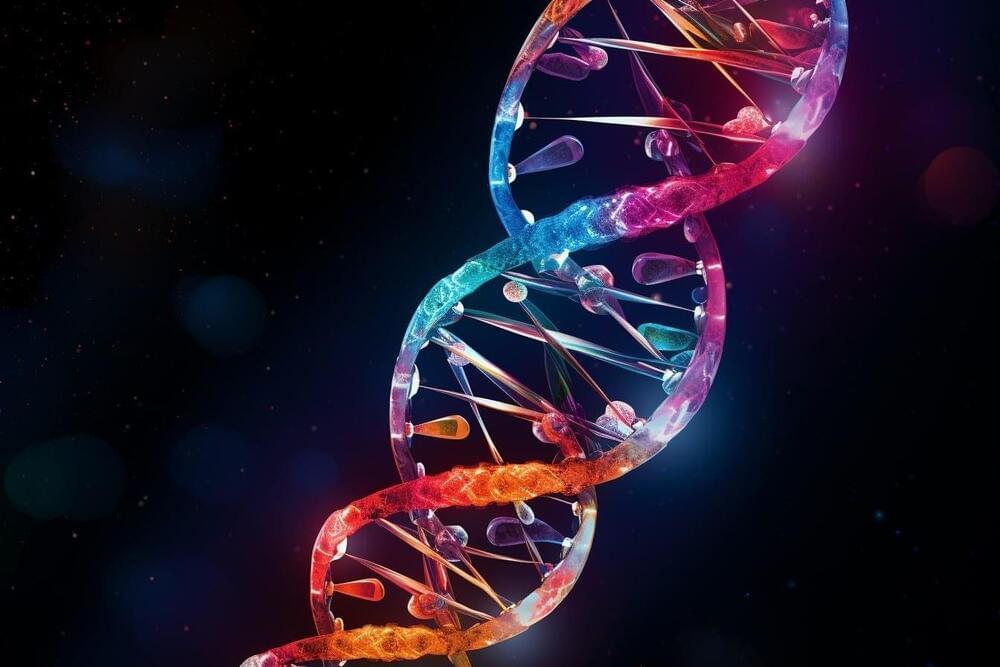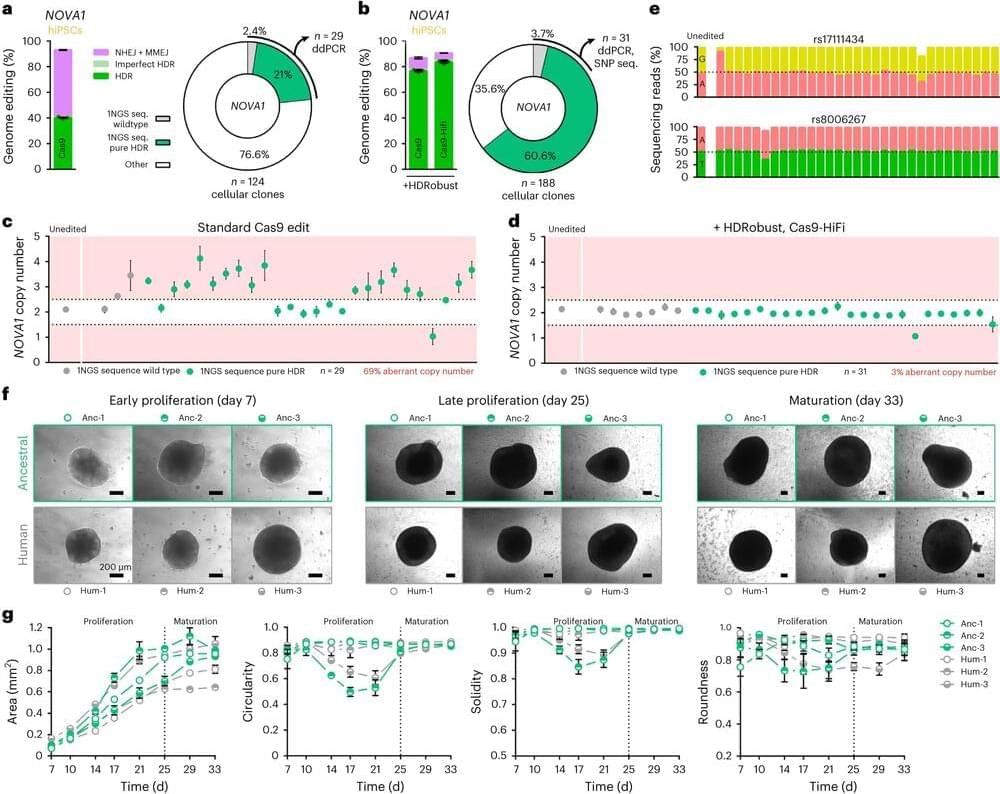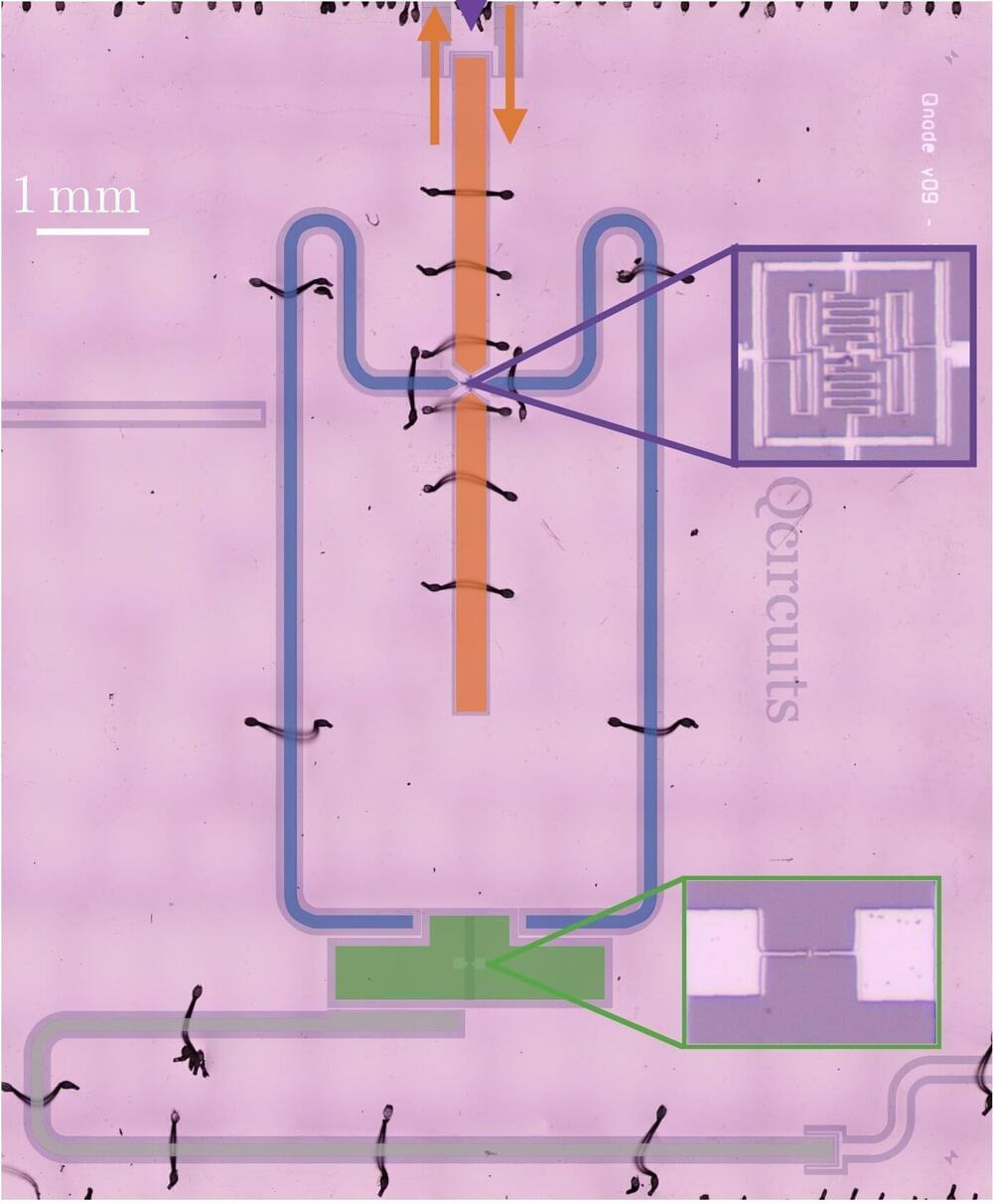Acute respiratory infection is caused by a wide range of pathogens, and an etiologic diagnosis is established in only about one third of cases. As a result, broad-spectrum antibiotics are often unnecessarily prescribed and continued. The BioFire FilmArray® Pneumonia Panel (BioFire PN) is a commercial multiplex polymerase chain reaction (PCR) assay directed against 33 targets, including viruses, bacteria, and antibiotic resistance genes. In critically ill patients, BioFire PN results have shown a high level of agreement with culture results when tracheal aspirates (TA) or bronchoalveolar lavage fluid were sampled.
Now, in a comparative study, 298 samples (286 expectorated sputum and 12 from TA) deemed of good or moderate quality were obtained from hospitalized adult patients with acute respiratory or cardiopulmonary illness. BioFire PN detected a total of 1.23 bacterial pathogens per sample. Hemophilus influenzae was detected most often (33.0%), followed by Streptococcus pneumoniae and Staphylococcus aureus (20.5% for both), gram-negative bacilli (18.5%), and Moraxella catarrhalis (12.4%). Standard bacterial culture detected only 0.48 organisms per sample (compared with BioFire PN; P90%. Viral pathogens were detected in 51% of samples. Based on adjudication, the specificity of BioFire PN was only 45.0%. This was attributed to the greater number of potential pathogens identified compared with standard culture.








